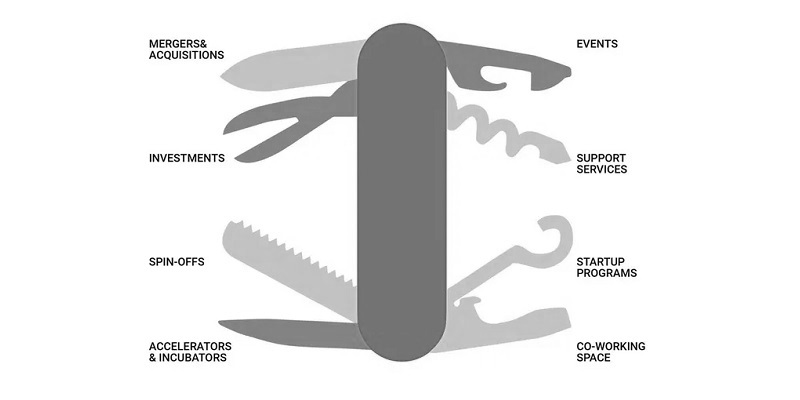Organizations have a budget for everything. And the innovation budget is one of the most critical investments. If you want to stay ahead of the curve, you need to innovate continuously. An innovation budget provides you with the minimum resources you need to work on new ideas. Innovation can be risky. But with efficient innovation budget planning, you can minimize the risks and maximize the returns.
What type of innovation budget will work best for you?
There are many types of innovation budgets, and the best one for your company depends on its size, industry, and business goals. Here are the most used ones.
- Percentage of Revenue: This type of budget allocates a certain percentage of the company’s overall revenue to innovation initiatives. It usually fits companies of all sizes, as it ensures that innovation is always funded, even during tough economic times.
- Fixed Amount: In this type of budget, companies set a fixed amount to spend on innovation each year. This works well for companies with limited resources because they can have better control over their expenditure.
- Project-based Budget: As the name suggests, this type of budget focuses on specific innovation projects instead of an overall innovation program. This can be a good option for companies that have a specific goal in mind, such as developing a new product, solving a specific challenge, or entering a new market.
- Venture Capital: Typically, this type of funding comes from external sources to finance high-risk projects with the potential for high rewards. If your company is looking to make radical changes or pursue disruptive technologies, venture capital can provide that extra boost.
How to plan your innovation budget?
Some people may hold the opinion that innovation and budgeting are very distinct concepts. Innovation activities will be undertaken based on budgetary allocation and not vice-versa. This thinking is not right. Even activities, despite a limitation on budgetary allocation, incites innovation. One can seriously plan for budgets once an organization has an “Innovation System” and the time horizon to roll it out.
To achieve Business Strategy, functions such as marketing, operations, HR, finance, R&D etc. create their plan. Innovation Strategy should be explicit and aligned too. Innovation Strategy for someone else, may not be fit for your organization. What is good for Apple, may not be suitable for your organization. It needs three components a) analysis of business competitive and technological environment b) External challenges and opportunities and c) distinct value / USP.
Innovation System is thus neededfor coherent set of independent processes and structures that dictates how the company searches for novel problems and solutions, and select which projects gets funded
Innovation System answers
- Does your organization’s innovation only need to tap employees internally?
- Are you considering tapping collaboration with other Industry players, of the same size?
- Would you be tapping innovations using licensing from established and popular academic institutions?
- Is handshaking with startups part of your mandate? Their offering can then be jointly taken to business unit’s clients
- Is collaboration open to funding or acquisition route?
- Is funding available to internally employee projects or also ready to invest deserving external ventures that matches the mandate?
If the Innovation strategy works towards achieving and accelerating the organization strategy, addressing the pain points like revenue dip, margin pressure, loosing market share or alike, then convincing the leadership team for the releasing the budgets will be a cakewalk.













